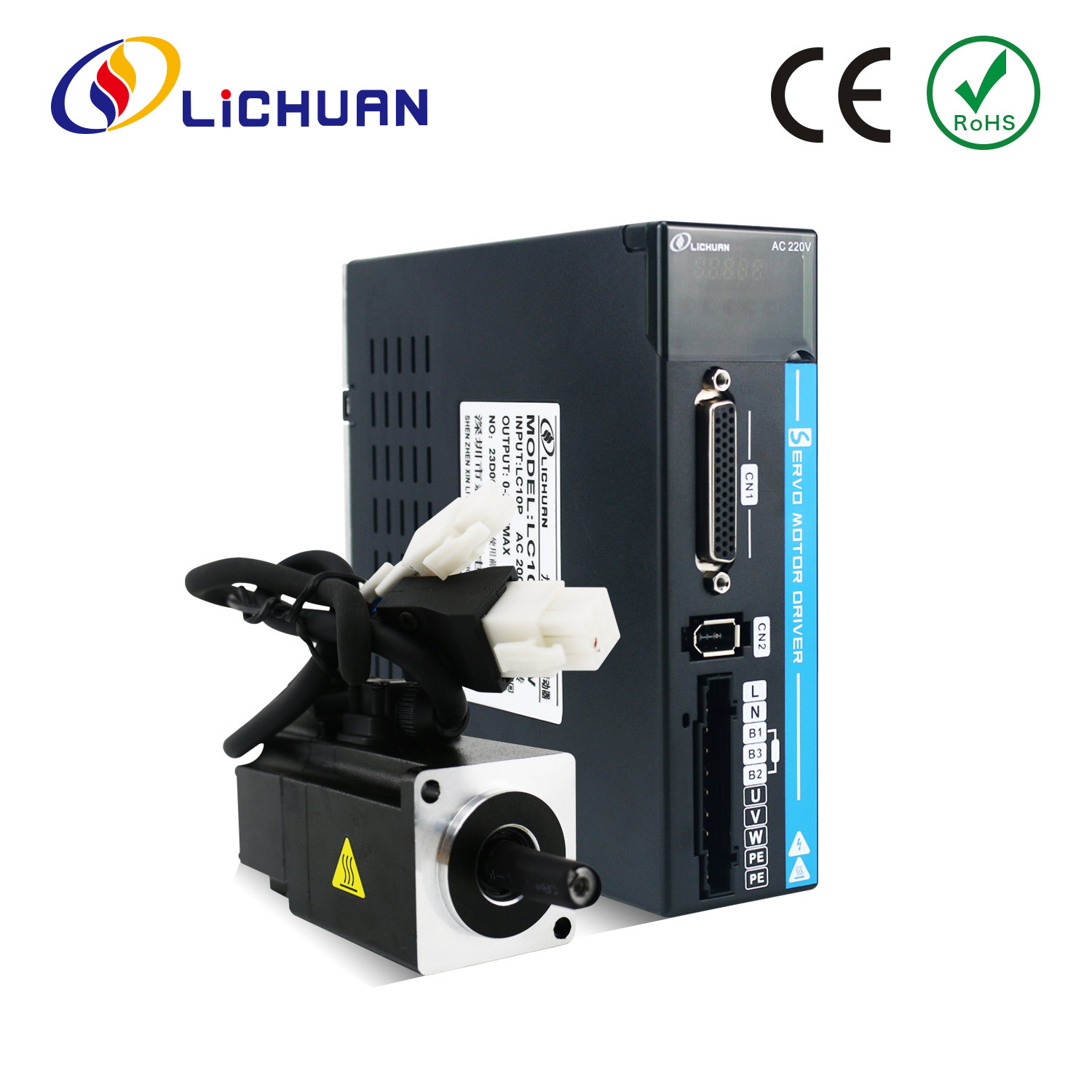Navigating Precision: Control Systems Compatible with AC Servo Motors
2024-05-20
AC servo motors are prized for their precision, efficiency, and reliability, making them indispensable in various high-performance applications. However, to fully leverage their capabilities, they must be paired with compatible control systems. These systems provide the necessary feedback and adjustments to ensure precise and accurate motor operation. In this blog, we will explore the different types of control systems compatible with AC servo motors and how they contribute to achieving optimal performance.
1. PID Controllers
Proportional-Integral-Derivative (PID) Controllers are one of the most common types of control systems used with AC servo motors. They are renowned for their simplicity and effectiveness in various applications.
How They Work: PID controllers adjust the motor’s operation by calculating the error between the desired position and the actual position. This error is then used to produce corrective actions through three terms:
- Proportional: Adjusts the output proportionally to the error.
- Integral: Integrates the error over time to eliminate steady-state errors.
- Derivative: Predicts future errors based on the rate of change of the error.
Applications: PID controllers are widely used in applications requiring precise control, such as CNC machinery, robotics, and industrial automation.
2. Digital Signal Processors (DSPs)
Digital Signal Processors (DSPs) offer high-speed and precise control capabilities, making them ideal for complex motion control applications.
How They Work: DSPs process input signals and execute complex algorithms in real-time to control the AC servo motor. They can handle multiple inputs and outputs simultaneously, providing fine control over the motor’s speed, position, and torque.
Applications: DSPs are commonly used in advanced robotics, aerospace systems, and high-speed industrial machinery where rapid and precise adjustments are essential.
3. Programmable Logic Controllers (PLCs)
Programmable Logic Controllers (PLCs) are versatile and robust control systems that can be programmed to execute a wide range of tasks.
How They Work: PLCs use ladder logic or other programming languages to control the operation of AC servo motors. They receive input signals from sensors and other devices, process these inputs according to the programmed logic, and send output signals to control the motor.
Applications: PLCs are extensively used in factory automation, process control, and manufacturing systems due to their reliability and flexibility.
4. Motion Controllers
Motion Controllers are specialized control systems designed specifically for motion control applications.
How They Work: Motion controllers generate precise trajectories for the AC servo motor to follow, based on the desired motion profile. They can manage multiple axes of motion simultaneously and provide smooth and coordinated movements.
Applications: Motion controllers are ideal for applications like multi-axis CNC machines, robotic arms, and automated assembly lines, where synchronized and precise motion is critical.
5. Field Programmable Gate Arrays (FPGAs)
Field Programmable Gate Arrays (FPGAs) offer highly customizable and high-speed control solutions.
How They Work: FPGAs are configured with specific logic to control AC servo motors. They can process multiple control algorithms simultaneously and handle high-speed signal processing, making them suitable for real-time control applications.
Applications: FPGAs are used in advanced motion control systems, high-frequency trading systems, and other applications requiring ultra-fast and precise control.
6. Microcontrollers
Microcontrollers provide a cost-effective and flexible solution for controlling AC servo motors in less demanding applications.
How They Work: Microcontrollers execute embedded software programs that control the AC servo motor. They can handle various tasks, such as reading sensor inputs, executing control algorithms, and sending output signals to the motor.
Applications: Microcontrollers are suitable for consumer electronics, small-scale automation projects, and simple robotic systems where high performance is not the primary requirement.
Conclusion
Selecting the right control system for your AC servo motor is crucial for achieving the desired performance and precision. From PID controllers and DSPs to PLCs and motion controllers, each type offers unique advantages suited to specific applications. Understanding these control systems can help you make informed decisions, ensuring that your AC servo motor operates efficiently and effectively in your chosen application. Whether you are involved in advanced robotics, industrial automation, or precision manufacturing, pairing your AC servo motor with the appropriate control system is key to unlocking its full potential.



